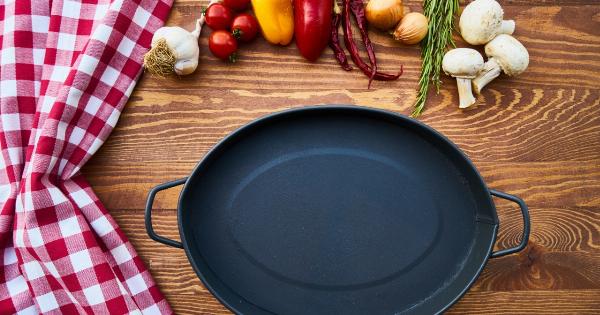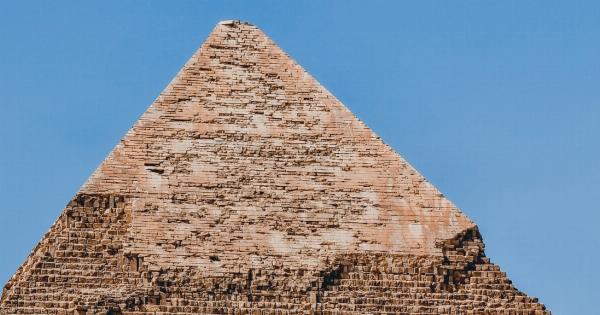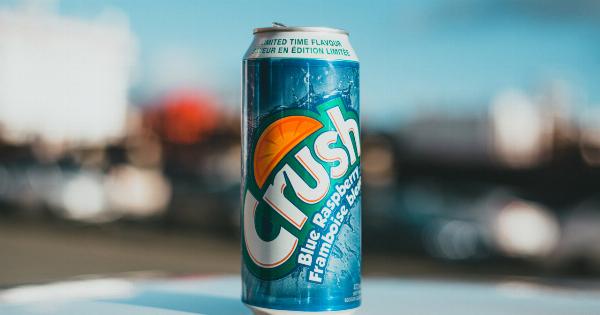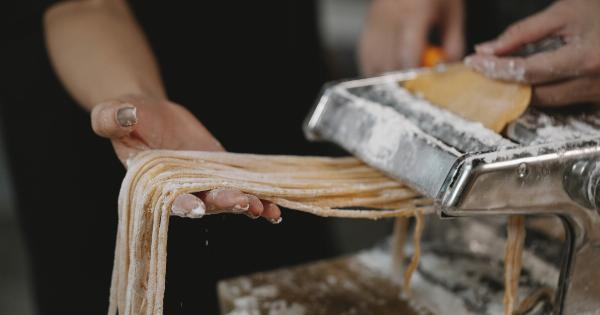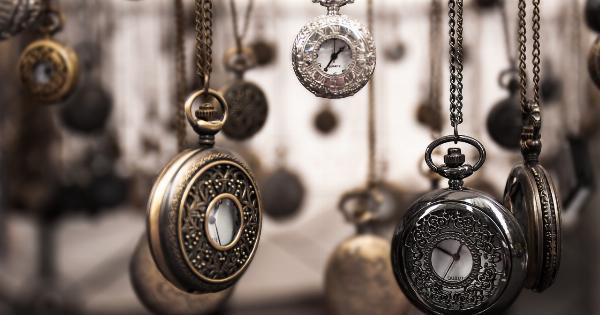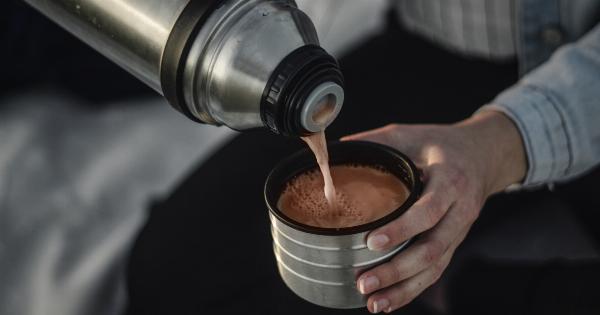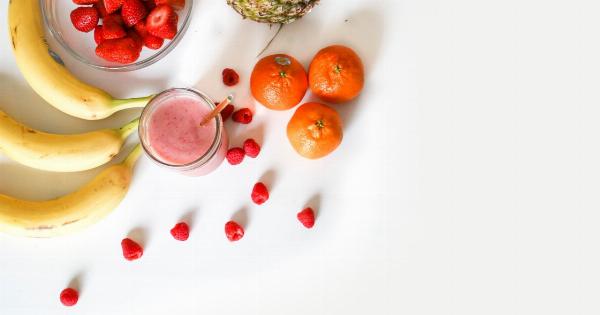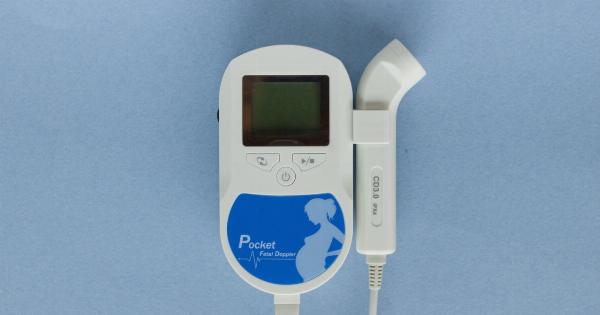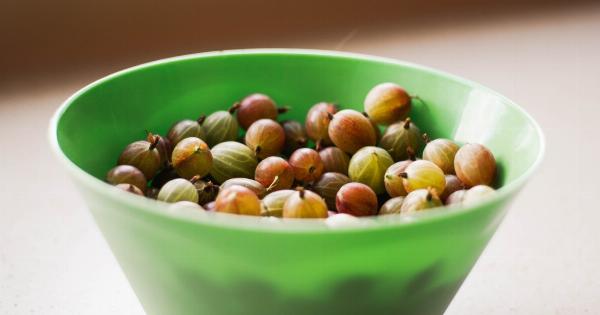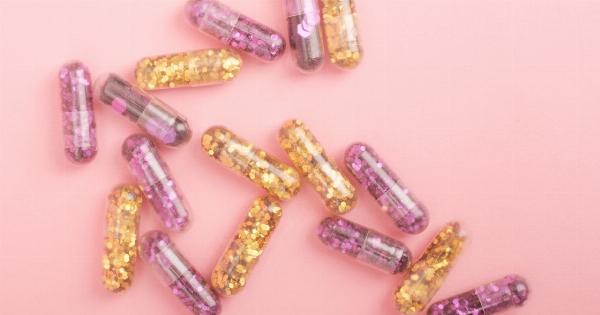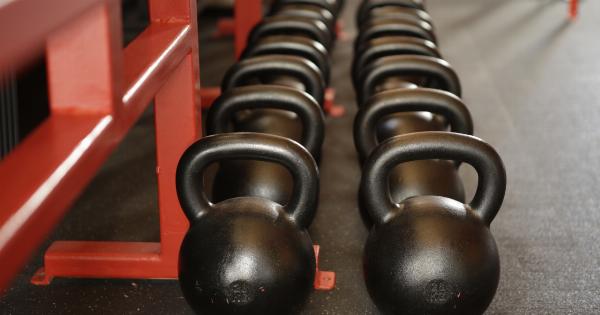Iron is an essential mineral that plays a crucial role in our overall health and well-being. It is a vital component of hemoglobin, which carries oxygen from our lungs to the rest of our body.
Iron is also essential for proper cell function and the production of energy.
Ensuring you get enough iron in your diet is important to prevent iron deficiency, which can lead to anemia and a range of symptoms such as fatigue, weakness, and impaired immune function.
While iron deficiency is more common in certain populations, such as pregnant women or those with heavy menstrual bleeding, it is important for everyone to consume enough iron to meet their body’s needs.
The Recommended Daily Intake of Iron
The recommended daily intake (RDI) of iron varies depending on age, sex, and life stage.
Generally, the RDI for adult men and postmenopausal women is 8 milligrams per day, while premenopausal women require 18 milligrams per day due to iron losses during menstrual bleeding. Pregnant women have higher iron needs, with an RDI of 27 milligrams per day.
Iron Absorption and Factors Affecting Iron Levels
Not all iron from the foods we eat is efficiently absorbed by our bodies. The absorption of iron depends on various factors, including the source of iron and other components of our diet.
Heme iron, which is found in animal-based products such as red meat, poultry, and fish, is more easily absorbed than non-heme iron, found in plant-based foods like legumes, vegetables, and grains.
Including both heme and non-heme iron sources in your diet can help increase iron absorption.
Furthermore, certain nutrients and substances can enhance or inhibit iron absorption. Vitamin C, for example, is known to enhance iron absorption.
Consuming vitamin C-rich foods, such as citrus fruits, berries, and peppers, along with iron-rich foods can help increase iron absorption. On the other hand, substances like tannins in tea and coffee, calcium, and phytates found in some plant foods can hinder iron absorption. It is best to consume these substances separately from iron-rich meals.
Sources of Iron
There are plenty of delicious and nutritious foods that can help you meet your daily iron needs. Here are some excellent sources of iron:.
1. Lean Red Meat
Lean cuts of beef, lamb, or pork are excellent sources of heme iron. Choose lean cuts to minimize saturated fat intake and pair them with vitamin C-rich vegetables or fruits to boost iron absorption.
2. Poultry
Chicken and turkey are also good sources of heme iron. Remove the skin to lower the fat content and enjoy these proteins in a variety of dishes to keep your meals interesting.
3. Fish and Seafood
Fatty fish like salmon, tuna, mackerel, and sardines not only provide heme iron but also offer omega-3 fatty acids, which are beneficial for heart health. Include fish in your meals at least twice a week.
4. Legumes
Legumes, including beans, lentils, chickpeas, and soybeans, are rich in non-heme iron. They are also an excellent source of fiber and protein. Add legumes to soups, stews, salads, or make delicious plant-based burgers.
5. Spinach and Leafy Greens
Popeye knew the secret! Spinach and other leafy greens like kale and Swiss chard are not only a good source of non-heme iron but also provide various vitamins and minerals. Incorporate them into your salads, smoothies, or sauté them as a side dish.
6. Fortified Cereals and Breads
Many breakfast cereals and breads are fortified with iron, making them a convenient and accessible source of this mineral. However, be mindful of added sugars and choose whole grain options for added fiber and nutrients.
7. Nuts and Seeds
Snack on a handful of nuts and seeds to boost your iron intake. Almonds, cashews, pumpkin seeds, and sesame seeds are some great options. Pair them with a piece of fruit for a balanced and nutritious snack.
8. Tofu and Tempeh
For vegetarians or vegans, tofu and tempeh are excellent sources of non-heme iron. They are also rich in protein and can be used in various dishes as a substitute for meat.
9. Quinoa
Quinoa is a versatile grain that contains both non-heme iron and protein. Use it as a base for salads, stir-fries, or a side dish instead of rice.
10. Dark Chocolate
Yes, you read that correctly! Dark chocolate with a high cocoa content is not only a delicious treat but also contains iron. Enjoy a piece of dark chocolate as an occasional indulgence.
Combining Iron-Rich Foods with Enhancers
As mentioned earlier, certain nutrients and substances can enhance iron absorption. To make the most of your iron-rich meals, consider combining them with enhancers like vitamin C-rich foods.
For example, squeeze lemon juice over your spinach salad or enjoy a glass of orange juice with your iron-fortified cereal.
Additionally, cooking techniques can also affect the iron content of foods. Cooking foods in cast-iron cookware can increase the iron content of dishes, particularly acidic foods like tomato sauce.
Additional Tips for Maximizing Iron Absorption
In addition to consuming a variety of iron-rich foods and enhancers, there are a few other tips to consider to ensure optimal iron absorption:.
1. Avoid Consuming Inhibitors with Iron-Rich Foods
Avoid consuming substances like tea, coffee, and calcium-rich foods during meals that contain iron-rich foods. These inhibitors can significantly reduce iron absorption.
2. Consider Supplements if Needed
If you struggle to meet your iron needs through diet alone, you may consider talking to your healthcare provider about iron supplements.
It is important to determine your iron levels through blood tests before starting supplementation and to follow your healthcare provider’s guidance.
3. Get Enough Vitamin C
Ensure you also consume enough vitamin C-rich foods along with iron-rich meals to enhance iron absorption. Citrus fruits, strawberries, kiwi, and pineapple are all excellent sources of vitamin C.
4. Limit Calcium and Phytate-Rich Foods
While calcium and phytates can be part of a healthy diet, excessive intake can inhibit iron absorption. Avoid consuming high-calcium foods or calcium supplements at the same time as iron-rich meals.
5. Cook with Cast-Iron Cookware
Consider cooking foods, particularly acidic foods, in cast-iron cookware to increase the iron content of your meals. This can be particularly beneficial for individuals with iron deficiency or those at risk of deficiency.
Conclusion
Meeting your daily iron needs is essential for overall health and well-being. Iron plays a vital role in various bodily functions, and a deficiency can lead to anemia and associated symptoms.
By incorporating a variety of iron-rich foods into your diet and taking steps to enhance iron absorption, you can ensure you’re getting enough iron to support optimal health.
